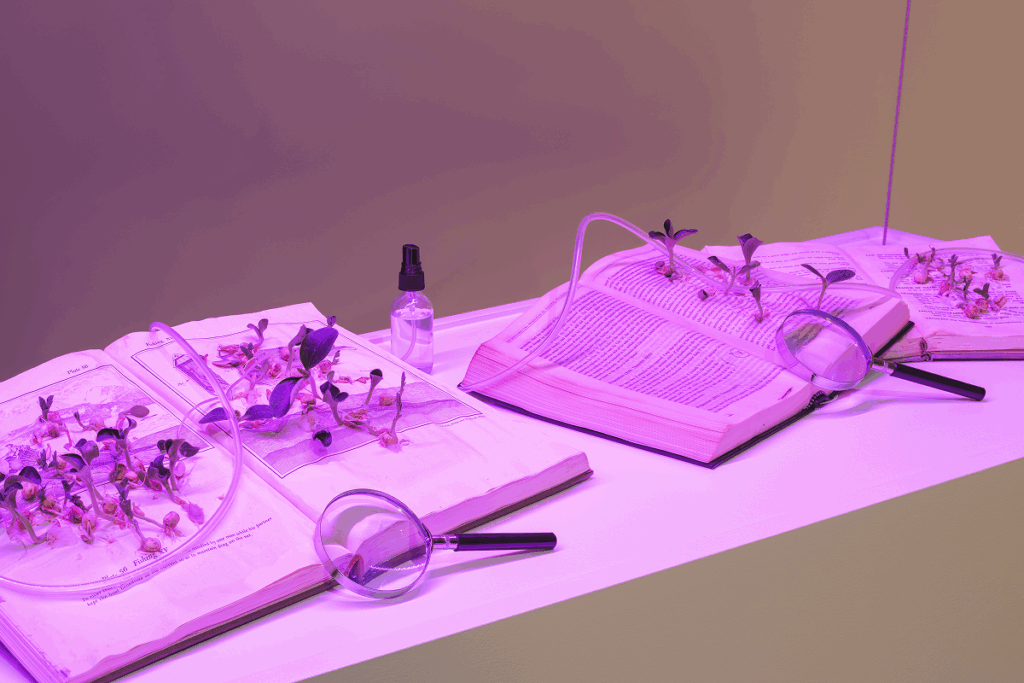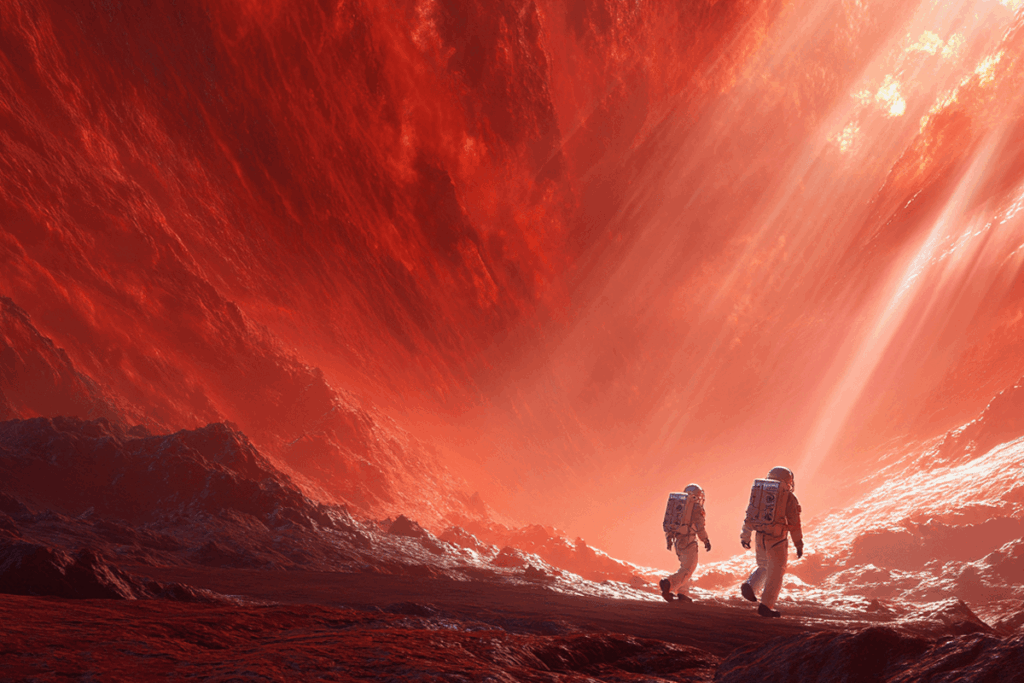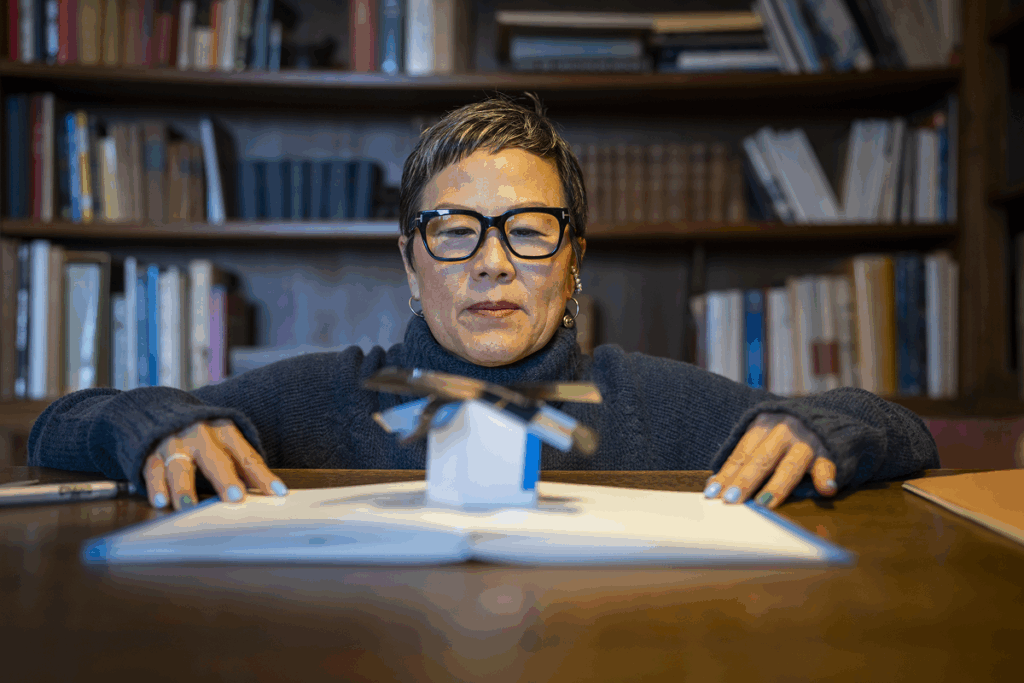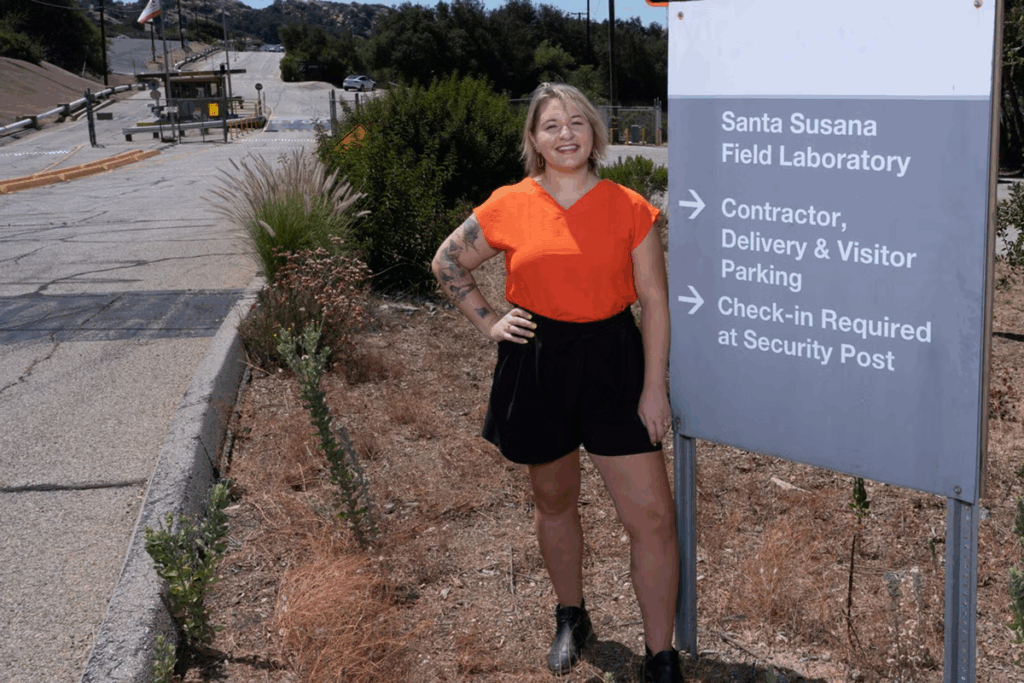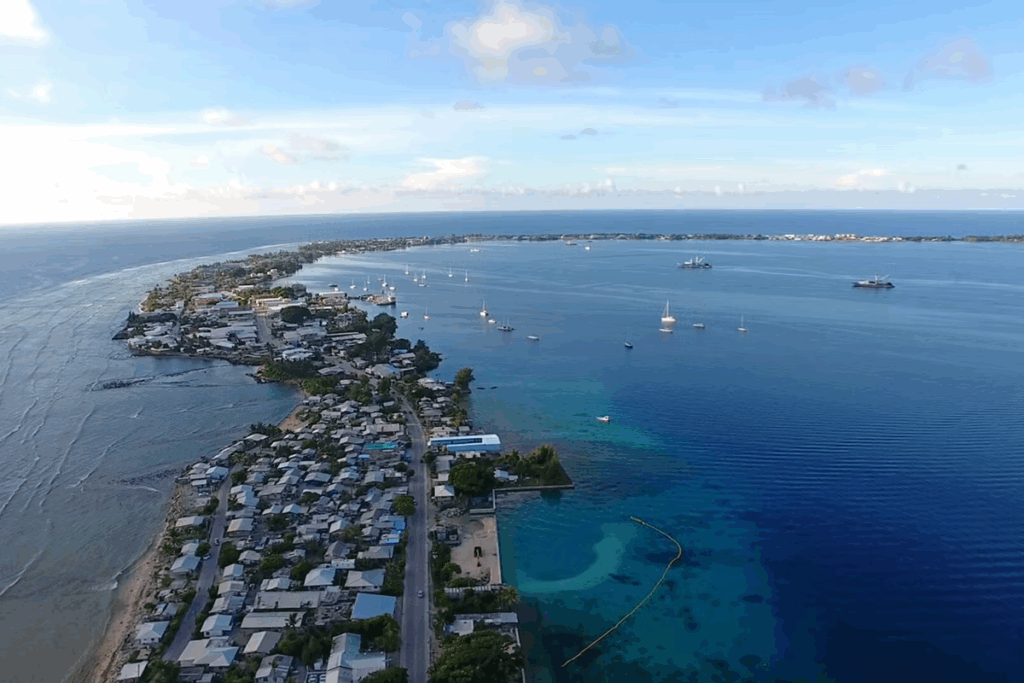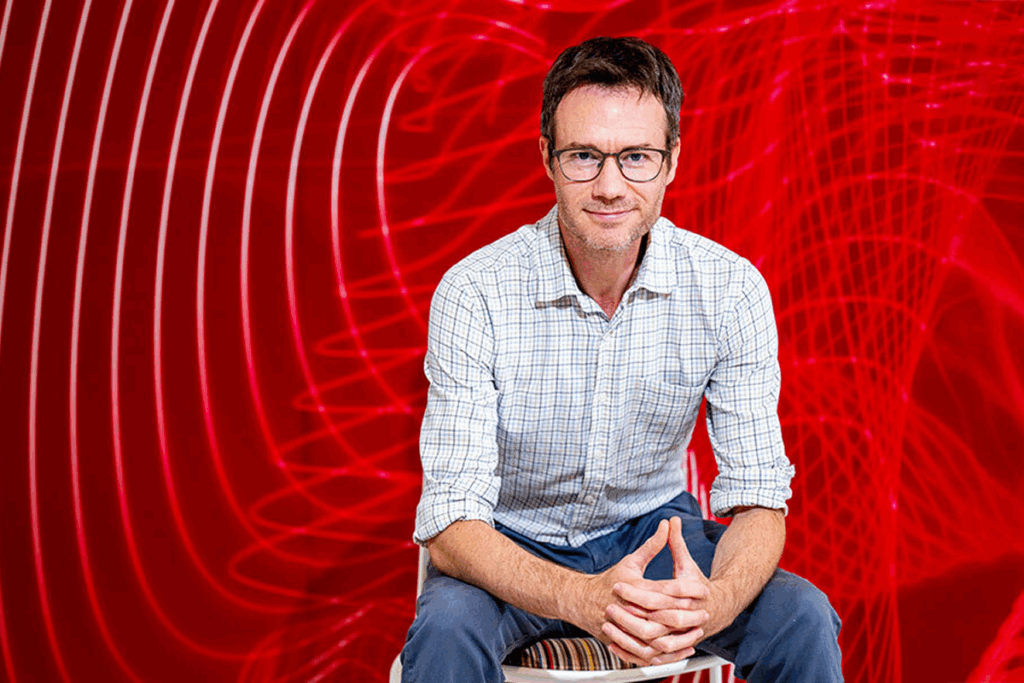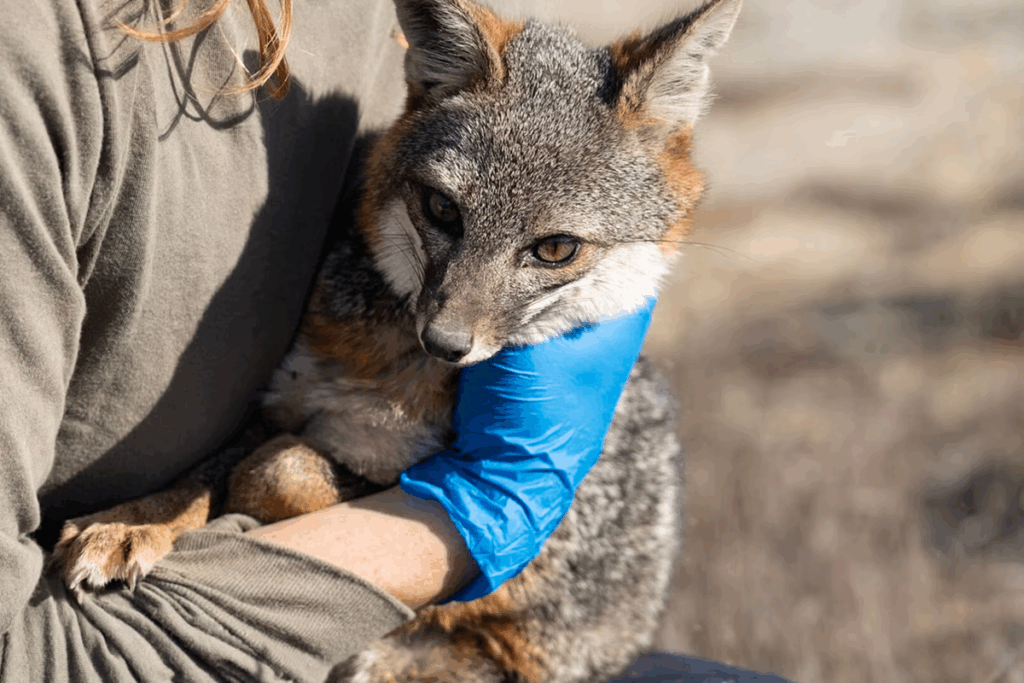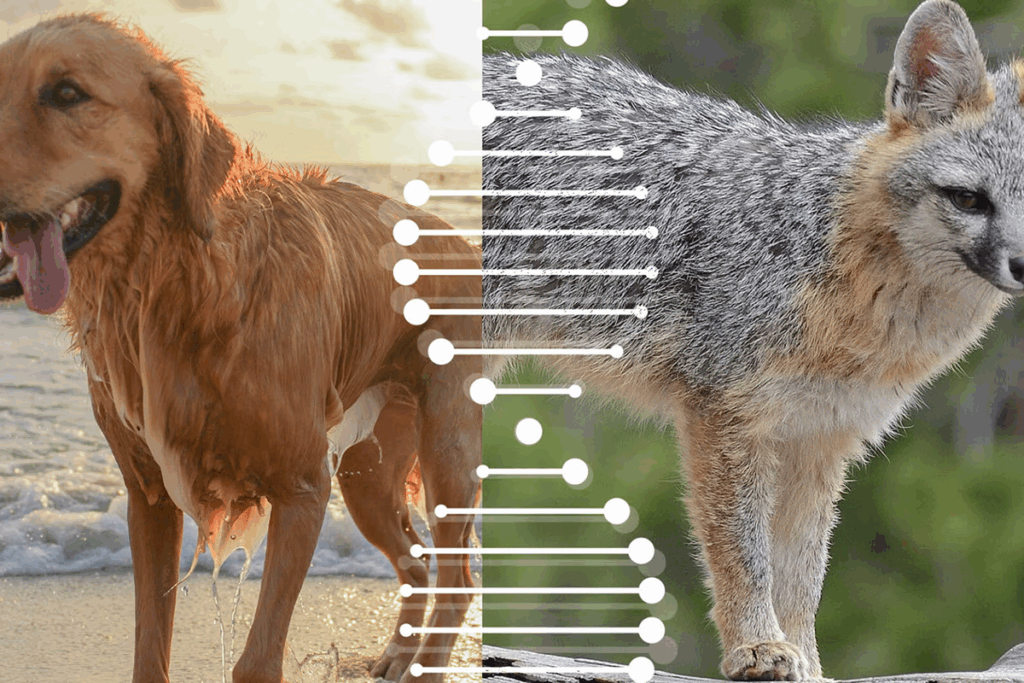Sustainability stories from the greater USC community in Los Angeles, the media and other organizations.
How past extinctions can help us manage climate change today
How can extinctions that occurred millions of years ago help us plan for and manage the effects of climate change today?
After summiting Everest, Price student researches the mountains she climbs
Lucy Westlake, the youngest American woman to reach the top of Mount Everest, has climbed glaciated mountains since she was 11 years old. Over the years, she’s seen them change.
Introducing the First Cohort of Astani Graduate Sustainability Scholars
A recently launched program at the USC Sonny Astani Department of Civil & Environmental Engineering provides a launchpad for young scholars to research major environmental challenges.
LA’s shade gap: Many think their streets are covered – they’re not
Nearly half of Angelenos say their block has enough shade even though most live on tree-sparse streets. A new LABarometer report also reveals how race, politics and education shape support for greening the city.
Case Study: Adapt unveils Climate-Resilient Home Designs in landmark USC Symposium
A major new chapter in Los Angeles’ architectural innovation unfolded last week as Case Study: Adapt (CSA), a nonprofit revival of the iconic mid-century Case Study House Program, debuted its Design Release Exhibition at the USC School of Architecture.
How climate finance to help poor countries became a global shell game
Assistance has often rested on fuzzy accounting, with funding for airports, hotels and even ice cream stores being counted as climate finance.
From water-generating fungi to plant-based AI, Aroussiak Gabrielian reimagines the future of co-existence with the biophysical world
Step into the landscape of Aroussiak Gabrielian’s creative practice, and you enter a strange and wondrous world where art, ecology and technology fuse into new forms of intimacy and survival.
Evelyn Tickle Awarded NSF Small Business Innovation Research Phase II Funding
USC School of Architecture lecturer Evelyn Tickle and her firm GRoW Oyster Reefs LLC have been awarded U.S. National Science Foundation (NSF) Small Business Innovation Research (SBIR) Phase II research and development funding in the amount of $1.24 million over two years.
The Hidden Chemistry of Human Survival
Jeremy Alexander, Doug Peacock Scholar, finds innovation in overlooked spaces – from wastewater microbes to aerospace materials – to protect life on Earth and beyond.
High-tech architect: Doris Sung’s research and inventions focus on how buildings can improve life
Architects are not typically inventors working in high-tech. But Doris Sung is.
Doris Sung and Research Team Representing 4 USC Schools Receive 2025 AIA Latrobe Prize
The AIA Latrobe Prize — a $150,000 grant to support a two-year program of research — is the largest grant for architecture in the nation.
2 iconic coral species are now functionally extinct off Florida, study finds – we witnessed the reef’s bleaching and devastation
A recent marine heat wave had a calamitous effect on two of Florida’s most important coral species.
Familiar harms, familiar terms
Since visiting the Georgia Aquarium this summer, I’ve wanted to call something in my line of work orange cup coral. The acidic orange animal is considered invasive, which means it spreads more than it should, and if permitted, overruns native plants and animals.
Trump’s words aren’t stopping China, Brazil and many other countries from setting higher climate goals, but progress is slow
The Trump administration has been pressuring countries to back away from their climate commitments, but many are still pressing ahead.
USC Price professor wins Nobel Sustainability Trust award
A global research initiative co-led by Geoff Boeing, Associate Professor at the USC Price School of Public Policy, has won a prestigious Nobel Sustainability Trust (NST) Sustainability Award.
Collaboration is the lifeblood of island fox research
It’s no understatement to say that collaboration is the lifeblood of research and survival for the island fox—for genetics researchers like myself, this is especially true.
Closed-loop recycling of wind turbine blades: Designing materials that are made to be recycled
As the number one contributor to global climate change, it’s no secret that fossil fuels are bad for the environment.
Why Environmental Data Belongs in Healthcare
Over the past 20 years, healthcare organizations have become exceedingly good at collecting, storing, and organizing information for each patient.
$5M grant strengthens USC Equity Research Institute’s mission for climate and economic justice
The Waverly Street Foundation grant — the largest in ERI’s history — will help the institute shape public understanding, support frontline advocates, and train scholars to advance climate and economic justice.
Want to save an endangered species? Start with the right DNA blueprint
Most species still lack their own sequenced genome. New research led by USC Dornsife shows that when studies rely on similar but different species, findings from genetic data can be distorted by up to 60% — putting vulnerable species at greater risk.
Price alum appointed to California Parks and Recreation Commission
David Galaviz didn’t grow up playing in parks. When he and his friends got together for baseball or football games, they usually played in the streets of Boyle Heights, a Los Angeles neighborhood where there were few parks nearby.
From Drought to DOE: Alumna Bria Jamison is Shaping National Environmental Policy
USC Viterbi alumna Bria Jamison (BS ’18, MS ’19) has dedicated her career to advancing water and energy sustainability – now, she’s influencing public policy decisions at the U.S. Department of Energy (DOE).
Alex Robinson continues LA River revitalization with a new contract
He shared the work he and his team have been contracted to do there as part of his ongoing efforts to encourage implementation of the Los Angeles River Revitalization Master Plan and United States Army Corps of Engineer’s LA River Ecosystem Restoration Project.
Energi Simulation Renews Research Chair in Subsurface Energy Data Science at USC Viterbi
Data science and AI-driven research optimizes the development and management of subsurface fluids and energy.
The Giant and the Bug: Kelp Restoration with Applied Microbiology
“What do you do for a living?” a woman asked, sitting across from me at a local bar.
“I’m a marine biologist,” I replied, watching her apathetic expression transform into wonder.
Symbiosis: Merging science, narrative, and cosmology to tell new stories about the environment
As a reader, a literary scholar, and a lover of history, I love following in the footsteps of my idols. Even after five years as a transplant, my eyes still twinkle when I traverse Los Angeles, home to many beloved writers and artists.






